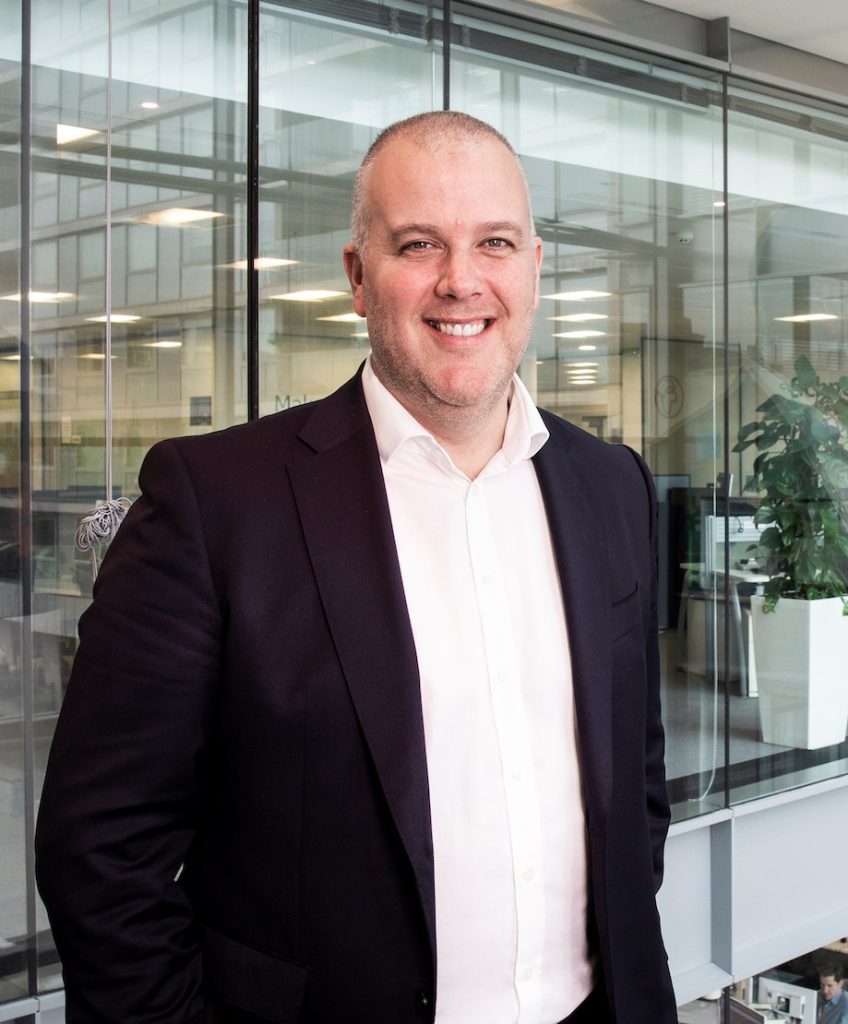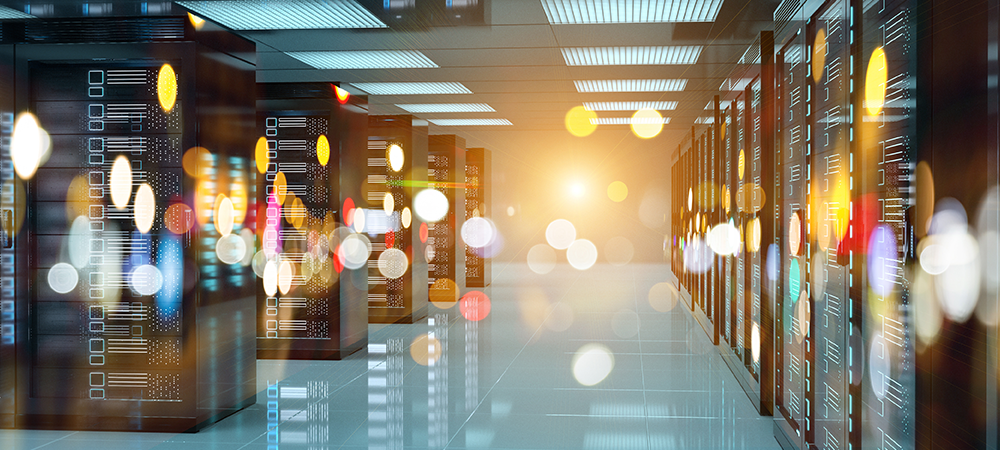In this opinion article, Mark Yeeles, VP for Schneider Electric’s Secure Power Division in the UK and Ireland shares his first impressions of the data centre industry and its key challenges including the sustainability and the energy crisis, increased demands for digitisation, and the need to both attract and retain talent.

Data centres are undoubtedly the backbone of our digital lives. Yet as appetites for data, hosted applications and connectivity accelerate, so with it, do the demands placed on the sector.
The industry itself faces a clear and prominent issue: As digital dependency and consumption proliferate, so does the need for more physical infrastructure. This, in turn, begs new questions; ‘how much growth can the industry expect to see, and how much energy will the data centre of the future consume?’
Without data centres, it’s clear the world would be a very different place. From general internet usage to streaming and social media, people interact with data centres hundreds of thousands of times per day without knowing. So, with supply a direct result of market demand, one might question if the industry’s sustainability problem is only the responsibility of those who are within it, or also those who are dependent on it?
The irony is that it’s both.
Closing the sustainability gap
Having recently joined the industry from the industrial automation sector, the first thing that struck me is the general lack of awareness about data centres’ within the digital landscape. By many accounts, data centres are estimated to account for around one percent of global electricity consumption, and according to an article shared by McKinsey, the world’s largest tech organisations allocated nine billion dollars to build out new capacity in 2022, a number expected to grow by over four percent annually until 2030.
Since its inception, the data centre industry has spent much time in isolation, only recently breaking mainstream headlines due to its energy and projected environmental impact. The timing of media interest has coincided with new regulations and legislation including the Corporate Sustainability Reporting Directive (CSRD), and Energy Efficiency Directive (EED), both of which are set to change the sector for the better.
From an industry standpoint, the gap between sustainable intent and action has grown considerably. On the one hand, data centre operators have led the charge, providing a template for energy-intensive industries to decarbonise. On the other, analysts have stated the industry isn’t as far down the path to net zero as statements of intent would have us believe. Forrester,for example, found that while 73% of colocation providers ranked sustainability as their second business priority, only 33% had created a strategic sustainability plan.
Regardless of the current position, business leaders across the sector including investors, C-Level executives and engineers state that sustainability remains right at the top of the business agenda. I believe this year we’ll see many stakeholders accelerate efforts to make their infrastructure and organisations more sustainable.
The use of emerging technologies, coupled with close collaboration between businesses, utilities, local communities and governments across the UK and Ireland alike can help close the sustainability gap further. These might include new initiatives to reuse waste heat from data centres in district heating systems, or building decentralised energy capabilities, such as microgrids, to reduce reliance on an already congested grid.
Energy crisis: a catalyst for efficiency
The energy crisis has also provided a prominent reminder that businesses and consumers can take nothing for granted. With spiralling energy costs wreaking havoc on business and industry, operational and energy efficiency have become both financial and environmental points of differentiation.
Power prices, for example, have been a catalyst for a new-found focus on energy efficiency and sustainability, and both have made these ever-more essential criteria in end-user decision-making. I believe that during the year ahead, greater adoption of advanced software tools, including data centre infrastructure management (DCIM) platforms, and greater use of automation will be vital for those seeking to maximise power and cooling efficiencies or improve long-trusted metrics such as Power Usage Effectiveness (PUE).
Furthermore, for legacy systems, the use of Computational Fluid Dynamics (CFD), combined with expert modernisation and retrofit strategies, will provide a crucial new lifeline for an industry intent on becoming carbon neutral, and where the oldest data centres will prove most challenging.
Digitising data centre designs
As discussions around digitised experiences such as the Metaverse and NVIDIA’s Omniverse gather pace, the emergence of digital twins has been heavily publicised within the tech sector. More recently, the technology has become a truly viable solution for data centre operators seeking to decarbonise, where scalable industrial software has become unified with traditional control and monitoring capabilities to enable a deeper and more granular understanding of day-to-day operations.
For those unaware, digital twins are virtual or digital representations of a physical asset, object or manufacturing process. They enable the use of sophisticated modelling, allowing users to examine key areas of design, including the electrical power train, for greater resilience, efficiency, and sustainability.
Digitising data centre designs allows components and subsystems to be substituted based on their environmental impact, anticipated energy efficiency and technical performance – all prior to deployment in real-world applications. Going forward, I believe that digital twins, virtual reality (VR) and advanced modelling will become more prominent in all areas of the data centre lifecycle.
AI and machine learning at the edge
The impact of generative AI and applications such as Chat GPT have been hailed as the next disruptive force in data centre design and operations. Yet for those responsible for hybrid IT and distributed edge computing environments, artificial intelligence and machine learning are unlocking a host of new capabilities to accelerate security, sustainability, and resilience.
With more infrastructure moving to the network edge, software systems have had to quickly evolve, utilising the scale of the cloud and open APIs to offer greater integration, clearer visibility, and simplified management capabilities for potentially thousands of IT sites.
I believe this year we’ll see new advancements in data centre software that truly harness the power of AI and machine learning, offering a new era of energy savings, reduced cost and lower carbon emissions for owners and operators.
Coaching and equal opportunities can mitigate the talent shortage
A final observation, and one synonymous with the industrial sector is the skills gap, where the industry is facing a significant challenge in terms of new and existing talent. According to the Uptime Institute, “The most successful employers in the sector take multiple steps to attract and retain top talent, including revisiting advertised job requirements, implementing training and mentoring programs and ensuring adequate diversity efforts.”
I believe that a greater focus on diversity, equity and inclusion (DEI), in parallel to leadership coaching and mentoring, are some of the primary ways to address the skills gap. In an industry where over 75% of businesses report their workforce is around ten percent women or less, it’s clear to see that accelerating career paths for female leaders and those training in STEM subjects will be vital to the industry’s future.
Addressing all these challenges will not only require the use of cutting-edge technologies, but greater collaboration between a range of stakeholders – from vendors to consumers, and utilities to policy makers. Personally, I’m looking forward to working across the ecosystem to contribute and help solve these important issues.



